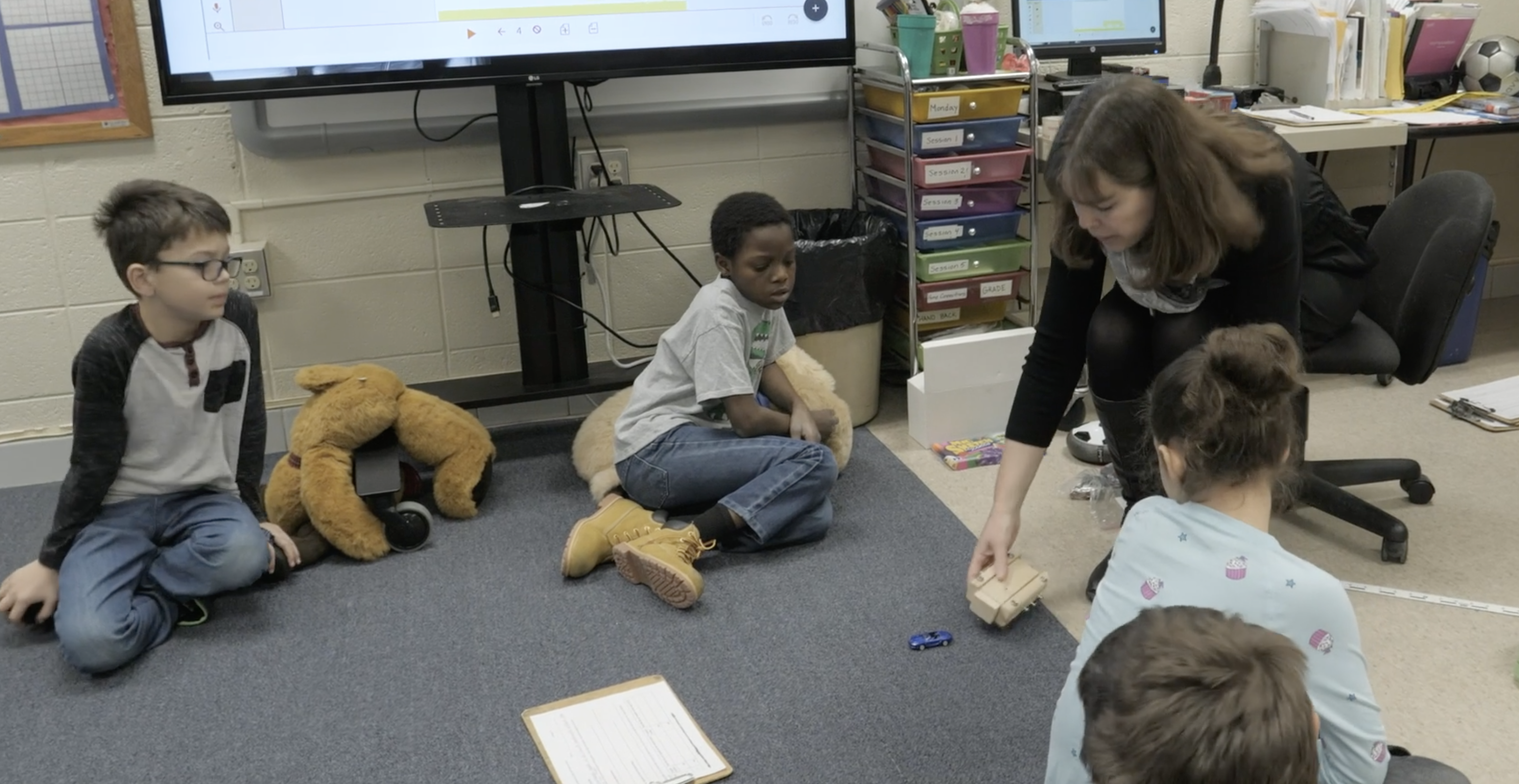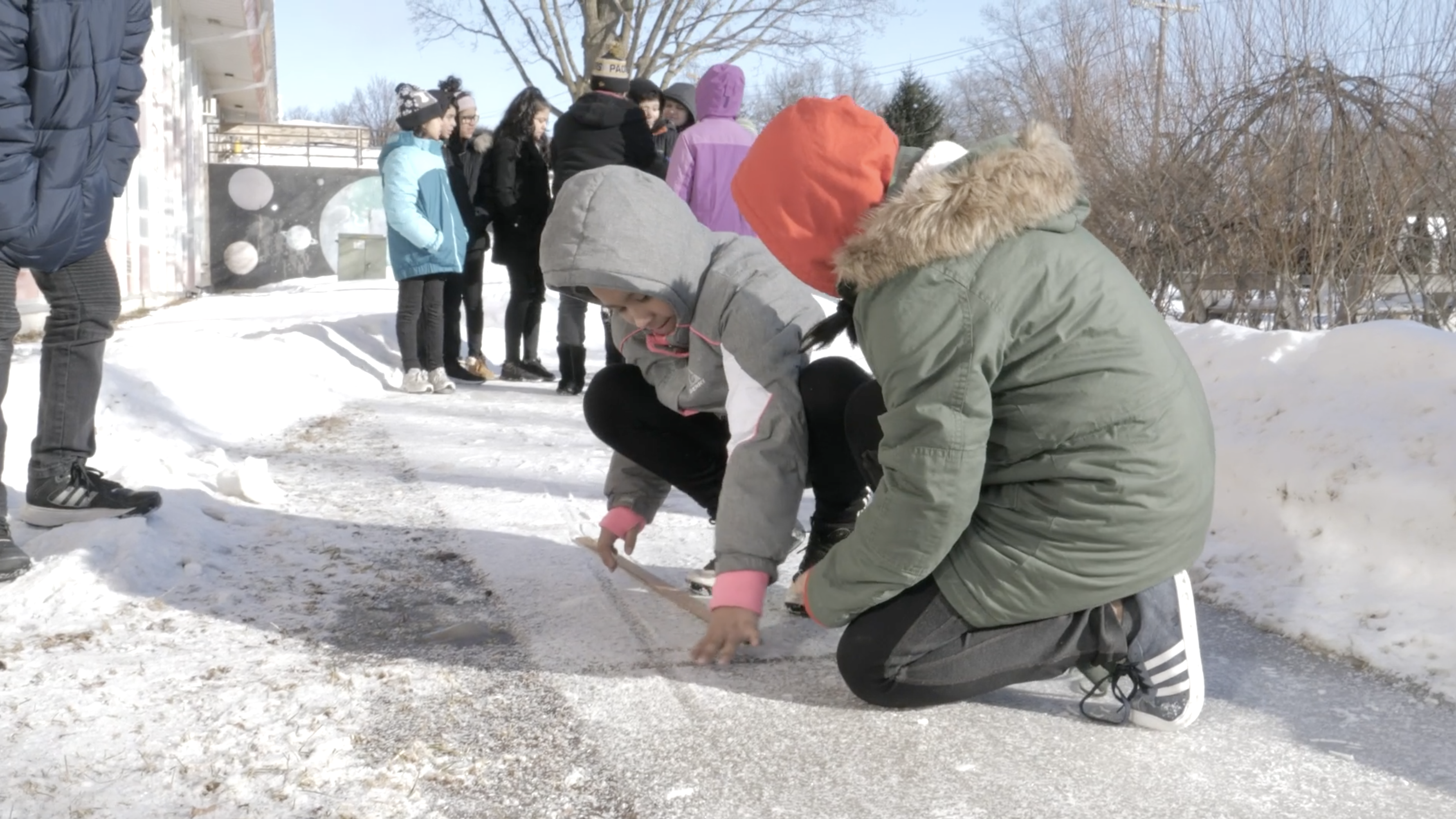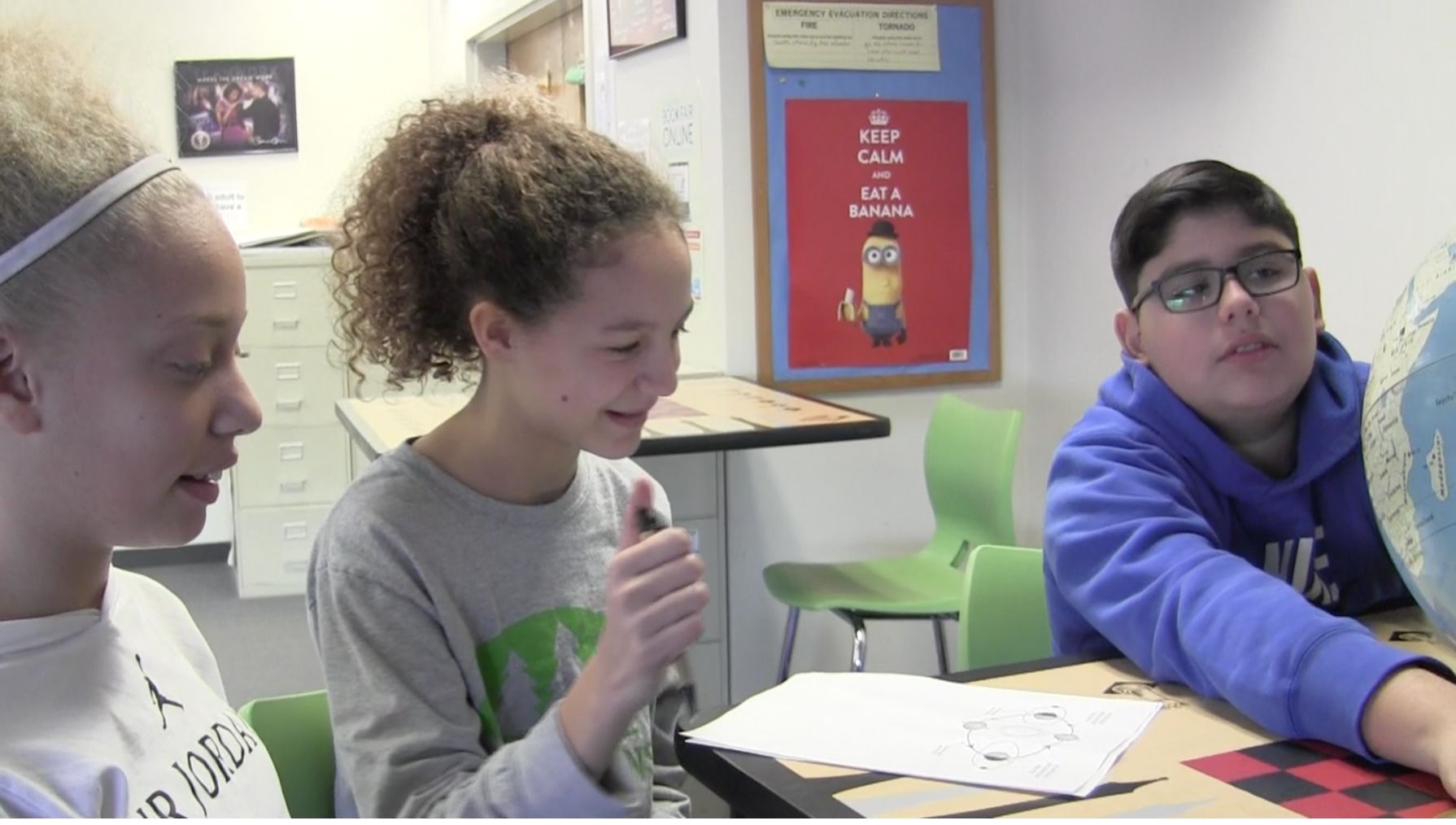The ML-PBL Curriculum
The ML-PBL curriculum approaches science instruction with the goal of increasing students' engagement and helping them develop deep, meaningful understanding. It is an integrative approach to learning where ELA/literacy and mathematics are applied in the service of the larger science context. For each grade, four interdisciplinary units address the Next Generation Science Standards and Common Core State Standards in English Language Arts and Mathematics.
As students work to answer the driving question of each ML-PBL unit, they engage in real-world activities similar to those of professional scientists and gain three-dimensional knowledge. The ML-PBL curriculum leverages collaboration, allowing students to develop their problem-solving and decision-making skills. Their developing scientific expertise allows them by the end of each unit to design a solution to a problem or answer the driving question. Their solution is represented by concrete artifacts that students present to the classroom, school, or neighborhood community.
Information on the curriculum at each grade level is available below. To understand the structure and components of ML-PBL units/lessons, check out the anatomy of a lesson.
3rd Grade
The four third grade units introduce students to sophisticated scientific practices such as scientific modeling, planning and carrying out investigations and engineering. Students consider evidence of how squirrels survive, design a bird feeder, consider how toys move and more!


4th Grade
The four fourth grade projects focus on energy and energy transfer. Fourth grade builds an energy learning progression – the energy of motion, energy that transfers to electricity, the energy transferred to our eyes for sight, and the energy that is transferred from fuels in a fire.
5th Grade
The fifth grade projects develop students' understanding of complex systems like the internal structures and processes of animals and plants. Students learn about the nature of matter in what they eat and drink, and explore how light travels from the North Star to the Northern Hemisphere.



